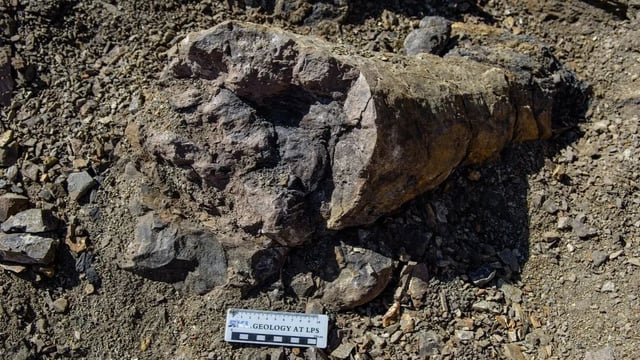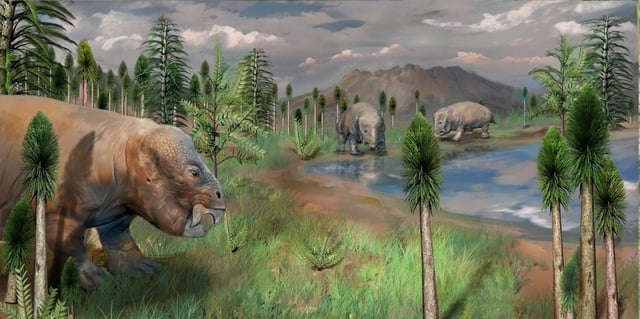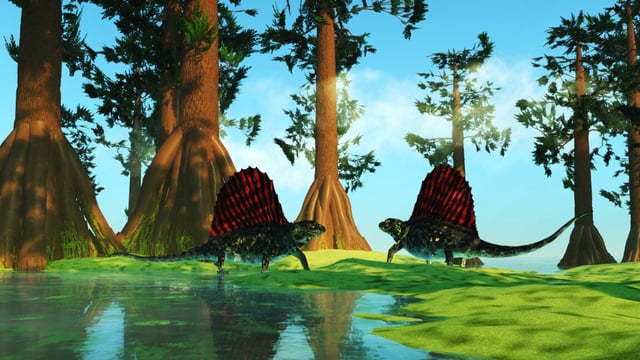Overview
- The Turpan-Hami Basin in Xinjiang, China, served as a terrestrial refugium during the End-Permian Mass Extinction, preserving diverse plant ecosystems.
- Fossilized tree trunks, fern stems, and pollen grains confirm that plants thrived in this region for up to 210,000 years after the extinction event.
- The extinction, triggered by massive volcanic eruptions and global warming, wiped out 80-96% of marine species but had a less severe impact on terrestrial life.
- This refugium may have supported the emergence of Mesozoic flora and contributed to the recovery and stability of food chains post-extinction.
- The findings challenge assumptions about uniform terrestrial devastation during mass extinction events and highlight the role of localized ecosystems in biodiversity resilience.



